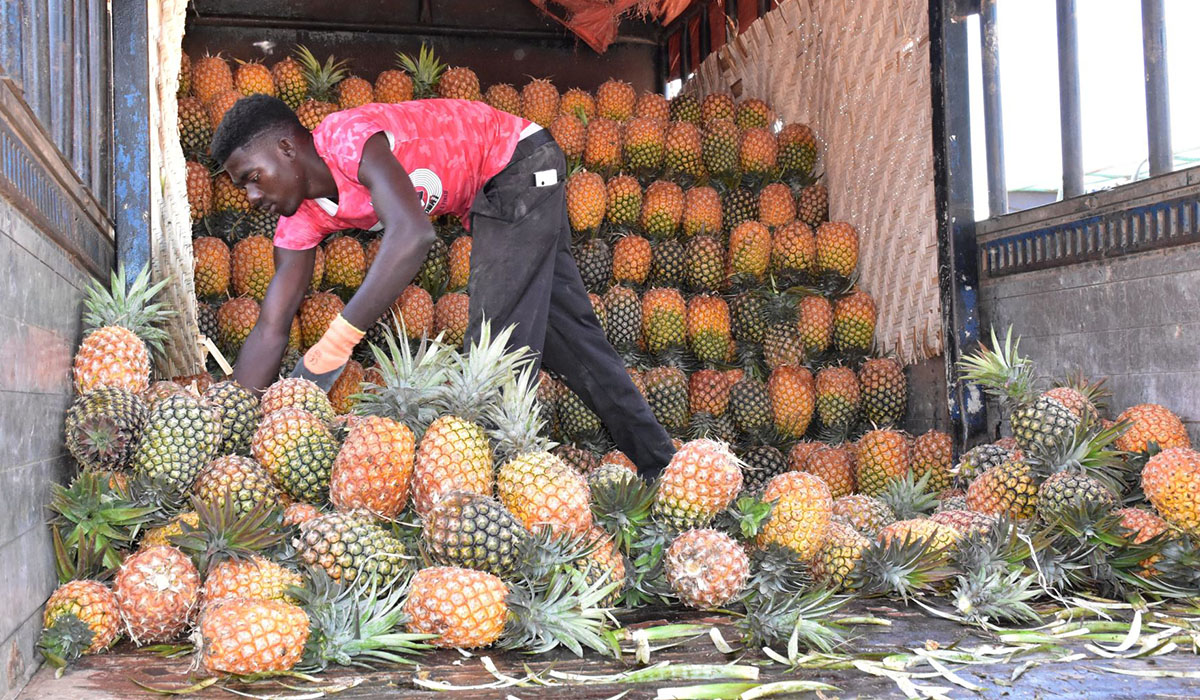AREA BASED COMMODITY CLUSTERS IN SELECTED PARTS OF UGANDA

The National Agricultural Advisory Services (NAADS) underwent reforms at the beginning of FY 2014/15 and its mandate was refocused to providing agricultural inputs to farmers focusing on the following areas of the mandate: Management of agricultural input distribution chains; Supporting strategic interventions for priority/strategic commodities including supporting the multiplication of planting and stocking materials; and, Supporting Agribusiness and value chain development focusing on the upper end of the chain.
In the last five years of implementing the NAADS/OWC program interventions, substantial quantities of agricultural inputs have been distributed to the beneficiary farmers in the various district Local Governments as well as other beneficial groups under strategic/special interventions. During the first two Financial years (FYs 2014/15 & 2015/16) the program focused mostly on providing planting materials for a wide range of crop commodities and to livestock/stocking materials, with limited support for agricultural production machinery and value addition equipment.
During FY 2016/17 onwards special focus was given to the provision of planting materials for supporting the key strategic commodities in line with the current Government strategy aimed at concentrating resources on strategic and priority areas to ensure greater impact on household incomes and national export earnings. The key strategic commodities included Tea, Fruits (Citrus/oranges, Mangoes Apples, and Pineapples), and Cocoa.
During the same period increasing attention was given to strategic interventions in the area of agricultural production machinery and value addition equipment as well as water for production. The value addition and post-harvest interventions, albeit on a fairly limited scale, have focused on the provision of milk coolers (dairy value chain), fruit processing equipment (mango, citrus, and pineapple), milling equipment (maize, rice), and community level grain stores (Maize).
The Area Based Commodity Cluster Approach is aimed at opening the potential for increased production, stimulate industrialization, and to increase exports of value-added products in Uganda.

What is a Commodity Cluster?
A commodity cluster is made up of a number of districts near each other and serves to concentrate value chain actors (Input distributors, producers, traders, processors, transporters, financial service providers etc) with experience in the commodity, provide the requisite infrastructure that, taken together provide opportunities for success in scaling up and development of the relevant commodity value chain.
Under the Commodity Cluster arrangement, distribution of plant seedlings and other related inputs is carried out only in clusters comprising a few districts around the emerging agro-processing facilities. Only districts with the highest production potentials (agro-ecological, socio-economic) for the commodities are considered. This is to enable the concentration of production around the industrial facilities.
A number of emerging industrial facilities already have producer cooperatives and farmer production groups around them (e.g Yumbe Mango Factory, Soroti Fruit Factory, Nwoya Fruit Factory). NAADS through the zonal coordinators and other development partners, works closely with the emerging cooperatives around the industrial/potential industrial areas. Where the cooperatives do not yet exist, efforts are made to develop farmer institutions and cooperatives.



